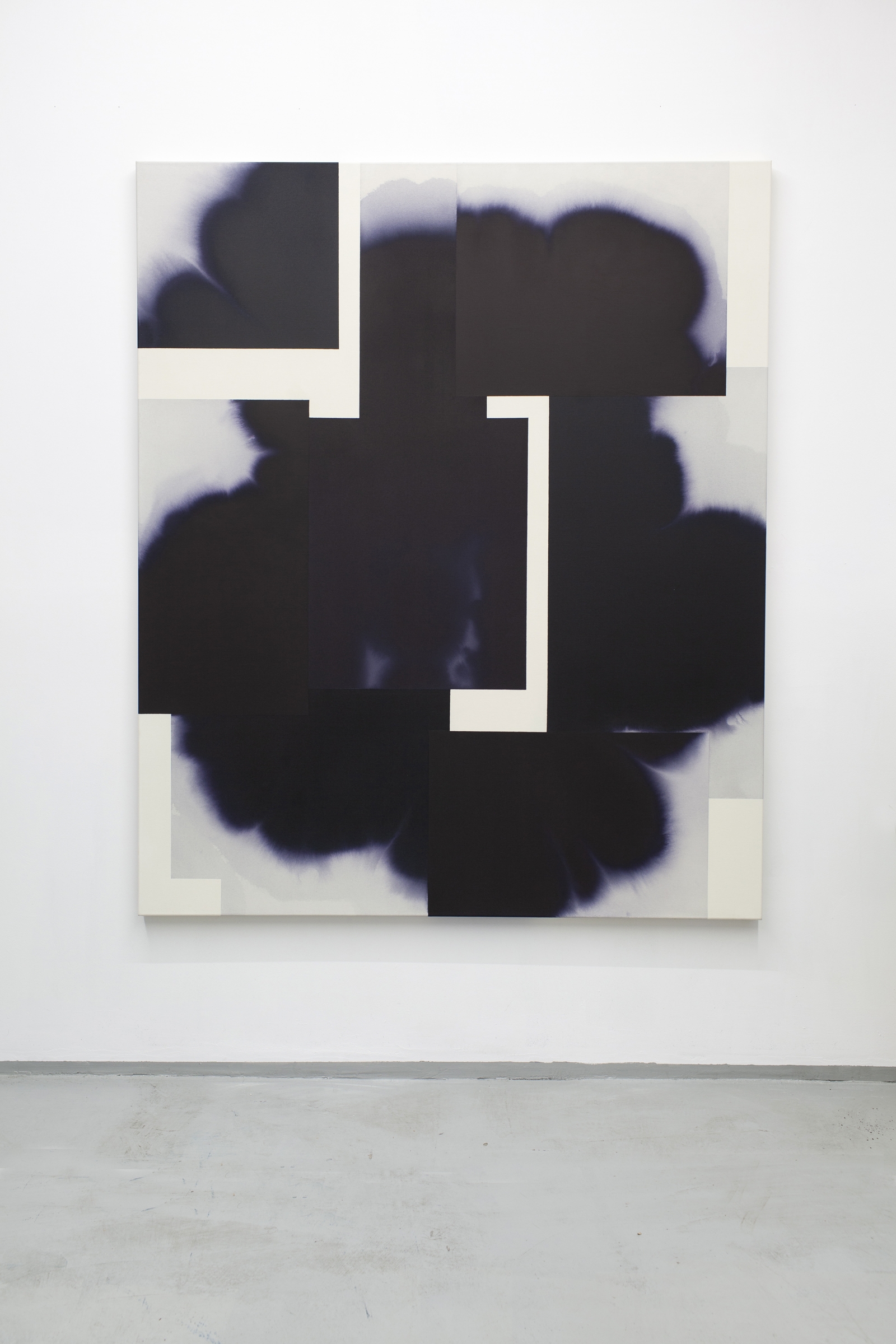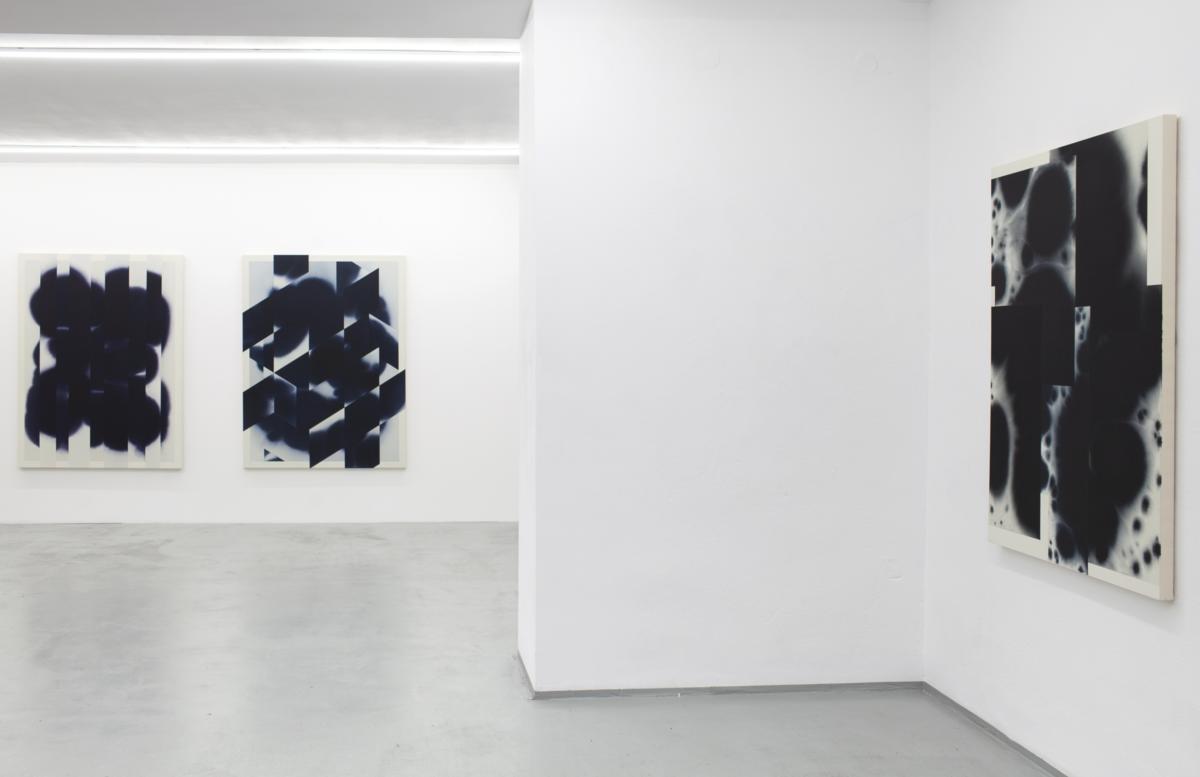“Falling Out of Rhythm 2.0” by Márton Nemes & Małgorzata Szymankiewicz at BWA Warszawa

The exhibition is the fruit of a collaboration between two artists who met on the Internet. They were both fascinated by the other’s work, which they only knew from online reproductions. Soon enough, their mutual interest became the foundation for this collaboration. Falling out of Rhythm premiered this past September at the Erika Deak gallery in Budapest, featuring the latest works from both artists coming together in one great painterly installation.
The title refers to the process of constant experimentation, of creating art in a way that shifts as it moves ahead. It is also a reference to RAVE culture, which is often touched upon in the previous works of Márton Nemes as a contemporary form of tribalism, escape and social alienation.



Márton Nemes (born 1986, Székesfehérvár) lives and works in London. ‘Traditional’ is not a word that would describe his work. He is constantly experimenting with new techniques and materials, often breaking out of the canvas with his abstract compositions in space. His trademark is certainly his saturated colours and punkish expression. Following out of Rhythm presents his latest series, titled Tomorrow and F.O.M.O., along with several works out of aluminium of the same title – Falling out of Rhythm.
With Tomorrow, the structure of each piece, while it may take it starting point from the traditional rectangular form, undergoes a considerable alteration: from melding together ‘mini-frames’ in steel to create angular effects on the surface of the work, and on to using mirrored panels and laser-cut plexi to create jarring contradictions within the same frame, breaking through with a simple line and highlighting its construction.
In the F.O.M.O. (Fear of Missing Out) series, Nemes continues his spatial experiments, doing away with the canvas altogether, leaving just the frame and the angular constructions within the space where the canvas used to be. The motif of the bold, saturated colours remain on the frame and the sharp structures within – however the real subject of the work is that which is absent, in other words, negative space. The acronym of the title refers to the contemporary phenomenon related to social media – the fear that one may miss a particularly exciting or fulfilling event that they see promoted widely across one or more platforms. Sociologists describe it as an effect of urbanization that favours a more individualised stance. City dwellers tend to have an easier time of socialising thanks to the apps in their smartphones and yet they still tend to miss out on a great deal of traditional interpersonal interaction. This idea is at the heart of this collaborative project. Márton and Małgorzata got to know one another by observing one another on social media. In time, their ‘likes’ of each other’s posts led to a real conversation between the London-based artist and the Poznan- based artist.



Małgorzata Szymankiewicz (born1980, Poznań) follows the trail of Polish and international traditions of abstract painting, concentrating on the aesthetics of modernism and its formal questions. In her painterly series, she eagerly reaches for philosophical inspirations and metaphors for contemporary reality.
She says that what’s most significant in her latest paintings is the ‘reference to the Baroque idea of ‘Aplicatio Sensum’, which refers to the use of the senses (in this case, vision) to deliver a message, in addition to the common idea of the period that rhythm was a way to bring together contradictions in the form of a painting. This sort of representation unites concepts of a paradoxical nature, such as an organic state with geometric shapes, coincidence with a calculated system, one idea and its opposite. The result is a confrontation of these opposing ideas, which generates a polyphony of meanings and references. She is most interested in the dual character of Baroque art, which can be more broadly understood as a dialectic. In her works, she refers to the theories of Władysław Strzemiński and Katarzyna Kobro in their writings, Calculating the Rhythm of Space-time [Obliczeniach rytmu czasoprzestrzennego] (1931). Their interpretation of the dynamics of the Baroque is founded on the illusion of movement and the essential, explosive potential of visual forms of art. Szymankiewicz’s latest works explode with movement, in spite of their seeemingly disciplined forms. The dynamic compositions, created in mellow hues, are broken up and cut, and yet they always maintain a certain harmony – a permanent value that is evident in all of her pieces.
Another of Szymankiewicz’s references is the interpretation of the idea of rhythm based on the concept of plasticity formulated by Catherine Malabou, a contemporary French philosopher who binds classical philosophy to neuroscience. As Szymankiewicz explains, ‘She defines plasticity as an accident, an incidental form that is permanently undergoing change. It can be understood in a positive way, as the capacity to create or chance (e.g. through art or evolution), as well as a negative one (destruction, decomposition, irrevocable change). Plasticity, aside from providing the ability to create, can also become a destructive force. It’s an unpredictable thing that becomes a metaphor for something that jolts you out of your rhythm, routine or normal state of affairs.”
The ‘negative spaces’ mentioned in the work of Nemes, in other words, the idea of ‘missing out’ has its counterpart in the work of Szymankiewicz. The fragmentary character, gaps and holes that are made by the Hungarian artist can also be seen as an illusion, a trick of the eyes and painterly suggestion. The largest piece in the exhibition was created by the artists together and hung in thecorridor outside the gallery. This fragmented composition incorporates both artists’ vivid slashes, conjuring up the impression of a ‘negative impasse’.
In collaboration of Erika Deak Gallery, Budapest and with a support of Hungarian Institut of Culture in Warsaw.
Imprint
| Artist | Márton Nemes, Małgorzata Szymankiewicz |
| Exhibition | "Falling Out of Rhythm 2.0" |
| Place / venue | BWA Warszawa |
| Dates | 29.11.2019 – 8.02.2020 |
| Index | BWA Warszawa Małgorzata Szymankiewicz Márton Nemes |
